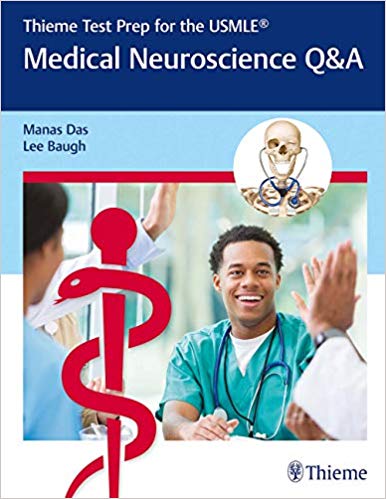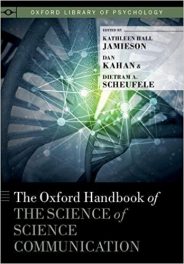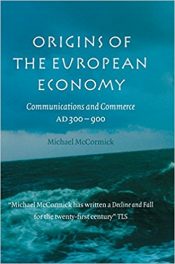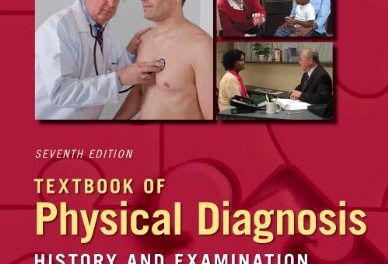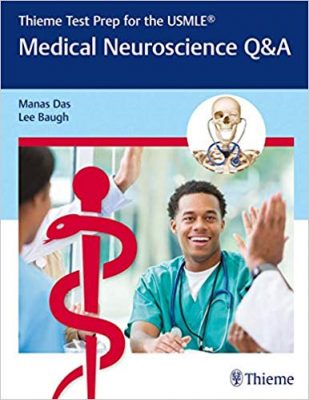 Editors: Manas Das and Lee A. Baugh
Editors: Manas Das and Lee A. Baugh
Publisher: Thieme – 247 pages
Book Review by: Nano Khilnani
This is an excellent book for you to use when you are preparing to take the USMLE specialty board exam on medical neuroscience. Its coverage is extensive, and it contains important features that we list below the list of chapters.
Neuroscience is one of the challenging and difficult topics tested in competitive and standardized medical exams by those who are aspiring to be neurologists in the profession of medicine. The editors Manas Das and Lee Baugh write: “Neuroscience stands out for its rationality in medicine. It has fascinated the medical fraternity for ages.”
We list below the chapters in this book, but we also urge you to read the sections entitled How to Use this Series and Abbreviations that precede the chapters.
- Gross Anatomy of the Nervous System
- Meninges and Cerebrospinal fluid (CSF)
- Blood supply of the Nervous System
- Development of the Nervous System
- Histology of the Nervous System
- Spinal Cord
- Medulla
- Pons
- Midbrain
- Cranial Nerves
- Ascending and Descending Tracts
- Thalamus
- Hypothalamus
- Cerebral Cortex
- Basal Ganglia
- Cerebellum
- Limbic System
- Auditory System
- Vestibular System
- Visual System and Eye Movements
- Olfactory and Gustatory Systems
- Autonomic Nervous System
- Neuroimaging
- Comprehensive Review
Among the valuable features of this work are the following:
- About 500+ USMLE-style test multiple-choice questions on neuroscience, classified as easy, moderate, difficult, with detailed explanations
- Chapters are organized based on neuro-anatomical structure and systems, from the spinal cord to the automatic nervous system
- Clinical neurology as well as the basics of neuroscience, such as development, fun ction and structure are covered
- Neuro-imaging section and final exam chapter are invaluable tools for students to utilize before the boards
- Questions begin with a clinical vignette, and about 35 percent are image-based, like the USMLE format
The editors rightfully caution you that this or other content review books should never be substitutes for the textbooks you read and the lecture notes you write when taking your courses in medical school. Good luck with reviewing and refreshing your previously-learned knowledge, as well as absorbing new information that you may have overlooked before. We wish you lots of success in your career !
Editors:
Manas Das, MD, MS is Associate Professor and Director of Clinical Anatomy, Medical Embryology, and Medical Histology in the Division of Translational Anatomy in the Department of Radiology at the University of Massachusetts Medical School in Worcester, Massachusetts.
Lee A. Baugh, PhD is Associate Professor of Neuroscience in the Division of Basic Biomedical Sciences; Director of Human Functional Imaging Core in the Center for Genetics and Behavioral Health ; Director, MS-1 Nervous Systems; and Associate Director of the Center for Brain and Behavioral Research at Sanford School of Medicine at the University of South Dakota in Vermillion, South Dakota.

